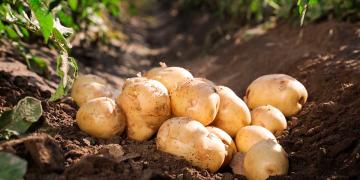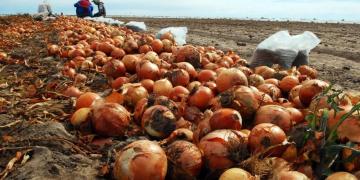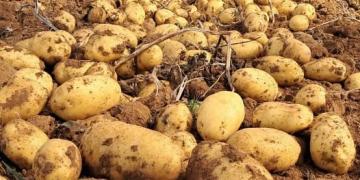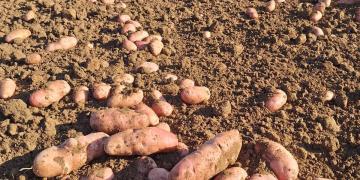Spain (Castile and León): Phytosanitary alert due to the widespread presence of mildew in potato plots
The Ministry of Agriculture, Livestock, and Rural Development of Castile and León has issued an official surveillance recommendation for potato producers due to the widespread detection of early symptoms of mildew in various plots.
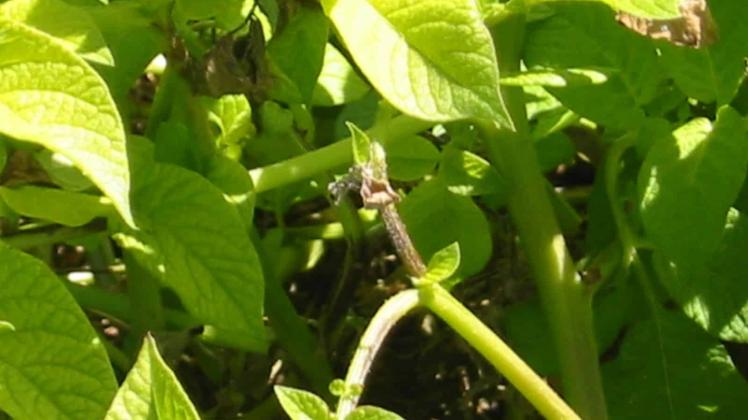
This alert follows a collaboration between the Observatory of Agricultural Pests and Diseases of Castilla y León, the Interprofessional Potato Organization of Castilla y León, and FMC Agricultural Solutions.
What is mildew and why is it so dangerous for potato crops?
Downy mildew (Phytophthora infestans) is a fungal disease that attacks potatoes and can cause devastating crop losses if not detected and controlled early. It thrives in conditions of high humidity and moderate temperatures and affects both leaves and stems, causing necrosis, oily spots, and, in advanced stages, tuber rot.
Key recommendations for farmers
Given the favorable evolution of the pathogen in the regional territory, it is recommended:
Actively monitor all potato plots to identify early symptoms.
Do not extrapolate the situation observed in one plot to other plots without an individual review.
Treatment thresholds and authorized products
The Regional Government’s warning also emphasizes farmers’ responsibility when deciding on phytosanitary treatments. It reminds us that:
Treatment should only be performed when the specific intervention threshold has been reached.
The exclusive use of authorized phytosanitary products, as listed in the Official Registry of the Ministry of Agriculture, Fisheries and Food, is mandatory.
What signs indicate the presence of mildew?
Mildew begins to manifest itself as:
Irregular pale green or yellowish spots on the upper surface of the leaves.
Damp areas with white-grey mould on the underside.
Under humid conditions, it rapidly advances toward the stem, causing structural collapse.
It can cause internal brown spots on the tuber, making the product unmarketable.
Economic implications of poorly controlled mildew
The impact of mildew on potato crops can be dramatic:
Reduction of marketable yield by more than 50% if developed uncontrolled.
Increased costs for emergency curative treatments and loss of quality.
In extreme cases, it can compromise the overall profitability of the campaign.
The rapid spread of this disease makes prevention and early detection essential tools for farmers.
Conclusions for the professional farmer
The widespread appearance of mildew in potato fields requires a rapid, coordinated, and cautious response.
Each farmer should assess the situation on a case-by-case basis, avoid generalizing across plots, and consult official technical information before taking action.
The proper use of plant protection products and compliance with thresholds are essential to avoid resistance and collateral damage to the crop.
Fuente:




